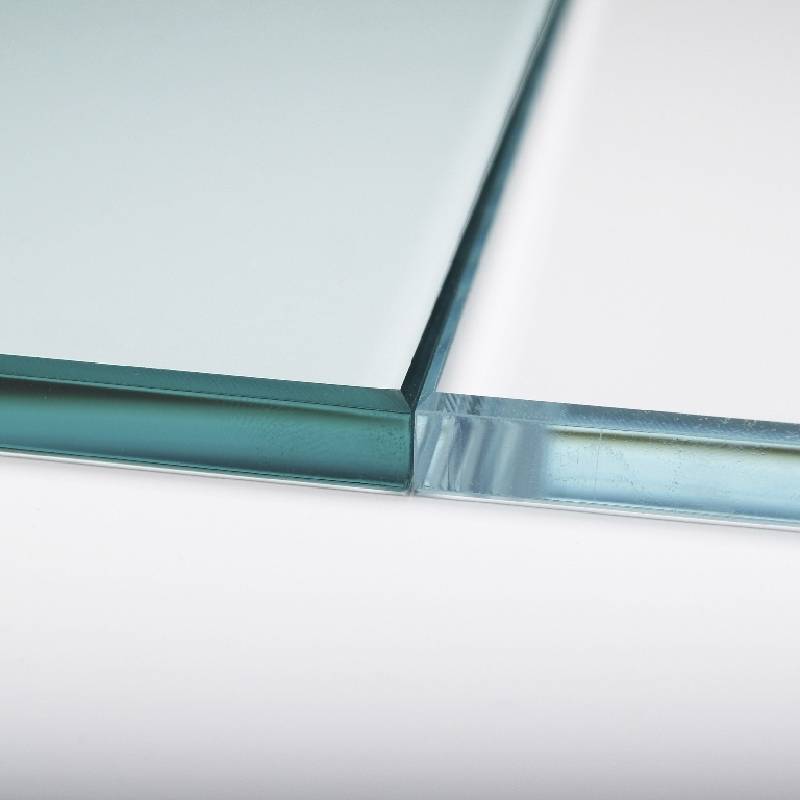

The Benefits of Low-E Double Glass in Modern Architecture
In recent years, the construction industry has witnessed a significant shift towards energy-efficient solutions, and low-emissivity (Low-E) double glass has emerged as a frontrunner in this endeavor. Low-E double glass consists of two panes of glass with a special coating that reflects heat while allowing natural light to enter. This innovation not only enhances the aesthetic appeal of buildings but also contributes to their energy efficiency.
The Benefits of Low-E Double Glass in Modern Architecture
Moreover, the energy-efficient properties of Low-E double glass contribute positively to environmental sustainability. By reducing the amount of energy required to regulate indoor temperatures, buildings equipped with this type of glazing can significantly lower their carbon footprint. In an era where climate change is a pressing concern, utilizing materials that enhance energy efficiency is crucial. Low-E double glass not only helps in conserving energy but also aligns with the global movement towards greener building practices.

In addition to energy efficiency and sustainability, Low-E double glass offers excellent UV protection. The special coating inhibits harmful ultraviolet rays from entering the building, which can lead to fading of furniture, carpets, and other interior elements. This UV protection extends the lifespan of interior materials and contributes to a more pleasant living or working environment, as occupants are not exposed to aggressive sunlight.
Furthermore, Low-E double glass can enhance sound insulation. The insulation properties of double glazing reduce noise pollution significantly, a crucial factor in urban settings where buildings are often subjected to the sounds of traffic and other urban activities. The use of Low-E double glass can create a quieter and more peaceful indoor environment, contributing to the overall well-being of inhabitants.
From an aesthetic perspective, Low-E double glass is versatile and can be integrated seamlessly into various architectural styles. It comes in different finishes and can be customized to meet the specific needs of a project, whether it's for residential, commercial, or industrial applications. This adaptability ensures that architects and designers can maintain their creative vision while benefiting from the functional advantages of energy-efficient glazing.
In conclusion, Low-E double glass is a remarkable innovation that offers a multitude of benefits. Its superior thermal insulation, environmental sustainability, UV protection, sound insulation, and aesthetic versatility make it an ideal choice for modern architecture. As the demand for energy-efficient solutions continues to rise, Low-E double glass will undoubtedly play a vital role in shaping the future of building design and construction. By embracing this technology, we can create spaces that are not only beautiful but also comfortable and sustainable for generations to come.